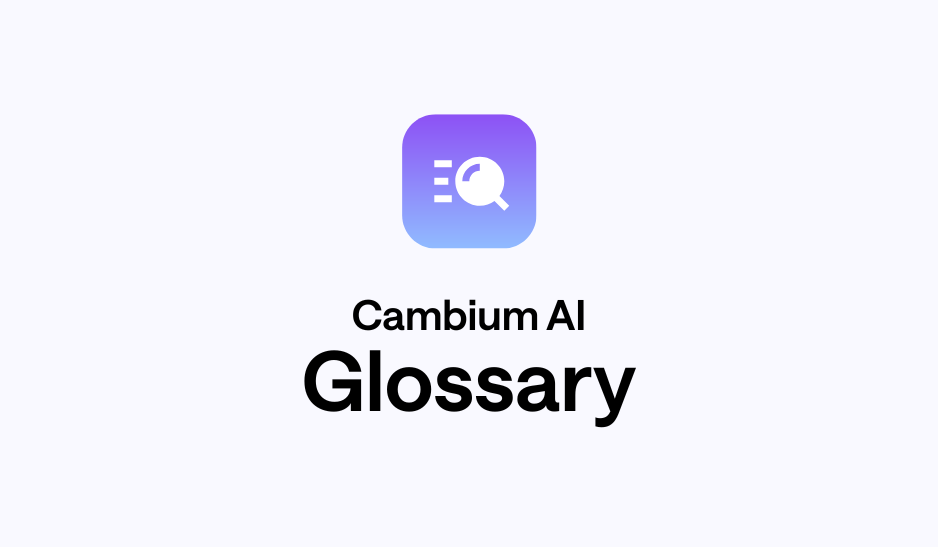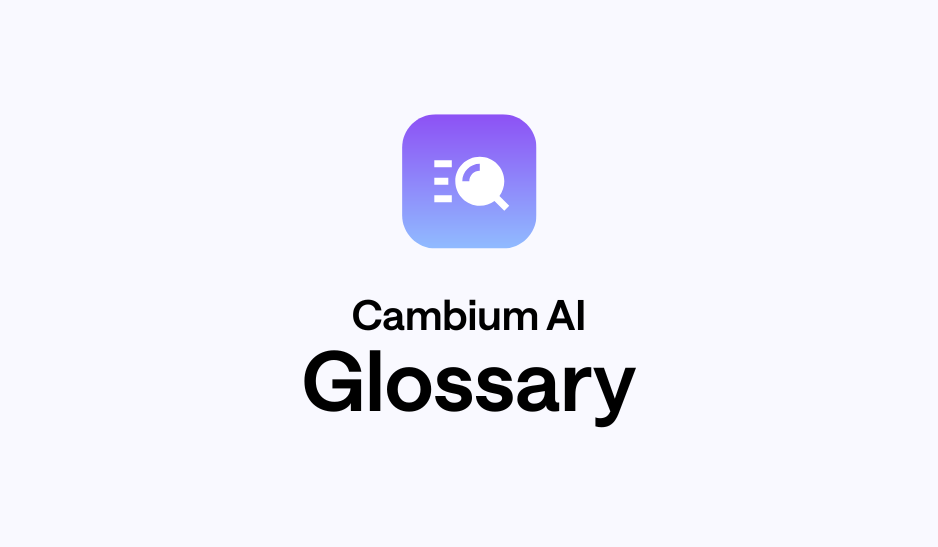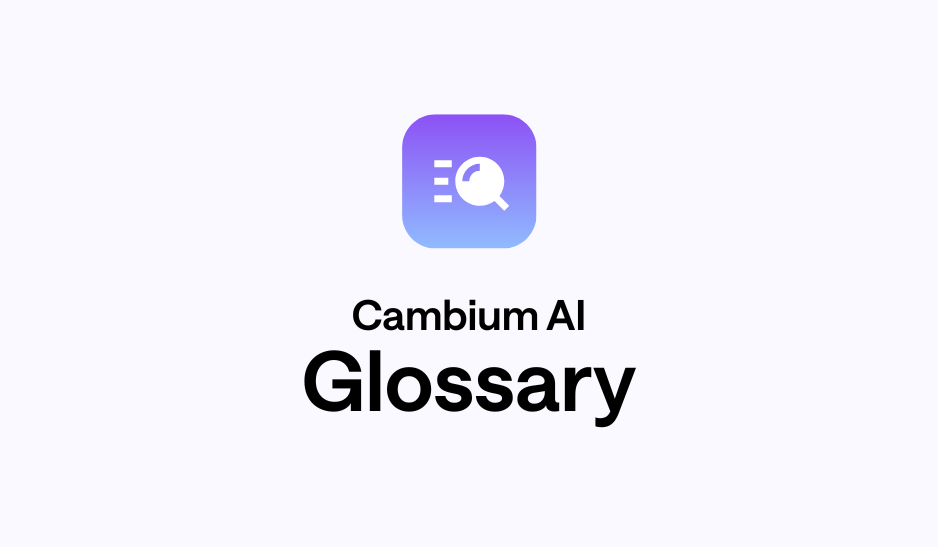Language by Age | Demographic Glossary

Definition
A cross-tabulation showing the distribution of languages spoken at home across different age groups within a population.
Why It Matters
Reveals patterns of language acquisition and retention across generations. It can highlight whether non-English languages are primarily spoken by older immigrants, by younger generations, or by all age groups, influencing future linguistic trends.
Specific Relevance for Professionals:
Marketers
Informs strategies for targeting. For example, if a non-English language is prevalent among younger age groups, it suggests the need for sustained multilingual marketing. If it's primarily among older generations, messaging may need to focus on cultural heritage for that specific age cohort.
Researchers
Fundamental for studying intergenerational language transfer, language shift patterns, and how language use impacts social and cultural identity across different age groups within linguistic communities.
Consultants
Useful for advising clients on long-term market trends related to language shifts. It can guide investments in multilingual services for specific age demographics (e.g., educational apps for young bilinguals, healthcare services for elderly non-English speakers).
Public Policy Workers
Crucial for planning educational language programs (e.g., dual immersion), assessing the future needs for interpreter services, and understanding the linguistic landscape of communities as populations age and new generations emerge.

